PRESSURE TRANSMITTER 0-10 BAR 4-20mA in Pakistan
₨ 12,000.00
- The high-performance PRESSURE TRANSMITTER 0-10 BAR 4-20mA in Pakistan. This cutting-edge device is designed to accurately measure and transmit pressure readings, ensuring precision in industrial applications.
- With its wide pressure range of 0-10 BAR and a versatile 4-20mA output, this transmitter delivers reliable and real-time data.
- Crafted with advanced technology, the PRESSURE TRANSMITTER 0-10 BAR 4-20mA is built to withstand extreme conditions and provide accurate results consistently.
- Its robust construction guarantees durability, while its compact design allows for easy installation in any system.
- Equipped with undefined, this transmitter ensures seamless integration into existing systems, promoting efficiency and productivity.
- Whether you’re in the manufacturing, process control, or oil and gas industry, this pressure transmitter is your go-to solution.
Pressure Transmitters
As an experienced writer, I understand the importance of selecting the right pressure transmitter for your specific application. Pressure transmitters are essential devices that play a crucial role in various industries, from manufacturing to process control. In this comprehensive guide, I will walk you through the key considerations and factors to keep in mind when choosing the perfect pressure transmitter 0-10 BAR 4-20mA in Pakistan.
Understanding the 0-10 BAR 4-20mA Specification
The 0-10 BAR 4-20mA specification is a widely recognized standard for pressure transmitters. It refers to a pressure range of 0 to 10 BAR (1 BAR = 14.5 PSI) and an output signal of 4 to 20 milliamps (mA). This specification ensures compatibility with a wide range of control systems and provides a linear relationship between the measured pressure and the output signal, making it easier to interpret and monitor the data.
Importance of Choosing the Right Pressure Transmitter
Selecting the right pressure transmitter is crucial for the accurate and reliable monitoring of your system’s pressure. The wrong choice can lead to inaccurate readings, system malfunctions, and even safety hazards. By choosing the perfect pressure transmitter 0-10 BAR 4-20mA in Pakistan, you can ensure that your system operates efficiently, minimizes downtime, and maintains optimal performance.
Factors to Consider When Choosing a Pressure Transmitter in Pakistan
When selecting a pressure transmitter in Pakistan, there are several key factors to consider:
- Pressure Range: Ensure that the pressure transmitter’s range matches the specific requirements of your application.
- Accuracy and Precision: Look for pressure transmitters with high accuracy and precision to ensure reliable and consistent readings. Pay attention to the transmitter’s accuracy specifications, such as the percentage of full-scale (% FS) or the maximum error.
- Environmental Conditions: such as temperature, humidity, and chemical exposure. Choose a transmitter that can withstand the specific conditions in your application.
- Process Connections: Ensure that the pressure transmitter’s process connections (e.g., threaded, flanged) are compatible with your system’s piping and fittings.
- Output Signal: Verify that the pressure transmitter’s output signal (4-20mA) is compatible with your control system or data acquisition equipment.
- Power Supply: Determine the power supply requirements of the pressure transmitter and ensure that it matches the available power source in your application.
- Durability and Reliability: Choose a pressure transmitter that is known for its durability and reliability, with a proven track record of performance in similar applications.
Different Types of Pressure Transmitters Available in the Market
Some of the common types of pressure transmitters include:
- Piezoelectric Pressure Transmitters: These transmitters use piezoelectric crystals to convert pressure into an electrical signal.
- Strain Gauge Pressure Transmitters: These transmitters use strain gauges to measure the deformation of a sensing element, which is then converted into an electrical signal.
- Capacitive Pressure Transmitters: These transmitters use a capacitive sensing element to measure pressure changes, offering excellent long-term stability and high accuracy.
- Diaphragm Pressure Transmitters: These transmitters use a diaphragm to convert pressure into an electrical signal. They are well-suited for applications with high static pressure or pulsating pressure.
Key Features to Look for in a Pressure Transmitter
When evaluating pressure transmitters, consider the following key features:
- Accuracy and Repeatability: Look for transmitters with high accuracy and repeatability to ensure reliable and consistent measurements.
- Response Time: Faster response times are crucial in applications where pressure changes rapidly.
- Temperature Compensation: Pressure transmitters with advanced temperature compensation can maintain accuracy across a wide range of operating temperatures.
- Ingress Protection (IP) Rating: Ensure that the transmitter’s IP rating matches the environmental conditions in your application.
- Diagnostic Capabilities: Advanced pressure transmitters may offer built-in diagnostic features to monitor the health of the device and identify potential issues.
- Communication Protocols: Consider the communication protocols supported by the pressure transmitter, such as HART, Modbus, or Fieldbus, to ensure compatibility with your control system.
- Mounting Options: Evaluate the available mounting options, such as direct, remote, or flush mounting, to determine the best fit for your application.
Tips for Selecting the Perfect Pressure Transmitter in Pakistan
To help you select the perfect pressure transmitter 0-10 BAR 4-20mA in Pakistan, here are some additional tips:
- Define Your Application Requirements: Clearly understand the specific pressure range, accuracy, and environmental conditions required for your application.
- Research and Compare Different Brands: Thoroughly research and compare the features, specifications, and pricing of various pressure transmitter brands available in the Pakistani market.
- Consult with Experts: Reach out to experienced distributors or manufacturers to get expert advice and guidance on selecting the right pressure transmitter for your needs.
- Consider Future Expansion: Choose a pressure transmitter that can accommodate potential future changes or expansions in your system.
- Prioritize Quality and Reliability: Invest in a high-quality pressure transmitter from a reputable brand to ensure long-term performance and minimal maintenance.
- Conduct Thorough Testing: Before finalizing your purchase, consider conducting on-site testing or simulations to validate the pressure transmitter’s performance in your specific application.
- Ensure Proper Installation and Maintenance: Follow the manufacturer’s instructions for the correct installation and maintenance of the pressure transmitter to maintain its optimal performance.
Final Thoughts
Choosing the perfect pressure transmitter 0-10 BAR 4-20mA is a critical decision that can have a significant impact on the performance and efficiency of your system. By considering the factors outlined in this comprehensive guide, you can make an informed decision and select a pressure transmitter that meets your specific requirements.
If you’re looking to purchase a high-quality pressure transmitter 0-10 BAR 4-20mA, I would be happy to provide you with a personalized recommendation based on your application needs. Feel free to reach out to me, and I’ll be glad to assist you in finding the perfect solution for your system.
| Weight | 0.5 kg |
|---|
1 review for PRESSURE TRANSMITTER 0-10 BAR 4-20mA in Pakistan
Add a review Cancel reply
You must be logged in to post a review.
Related products
PLC , HMI , Programming cables in Pakistan
PLC , HMI , Programming cables in Pakistan
PLC , HMI , Programming cables in Pakistan
PLC , HMI , Programming cables in Pakistan
PLC , HMI , Programming cables in Pakistan
PLC , HMI , Programming cables in Pakistan
PLC , HMI , Programming cables in Pakistan
PLC , HMI , Programming cables in Pakistan
PLC , HMI , Programming cables in Pakistan
PLC , HMI , Programming cables in Pakistan
PLC , HMI , Programming cables in Pakistan
PLC , HMI , Programming cables in Pakistan

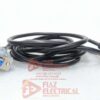
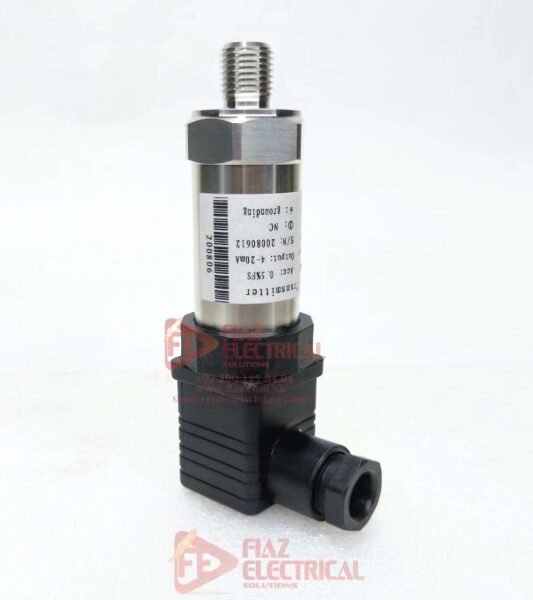
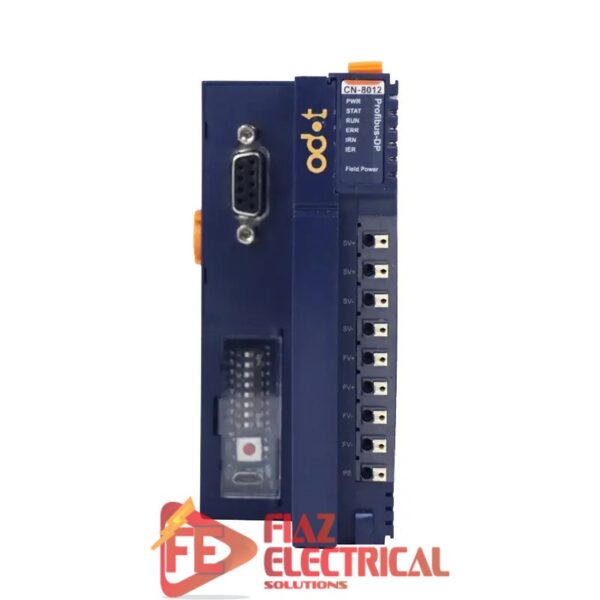
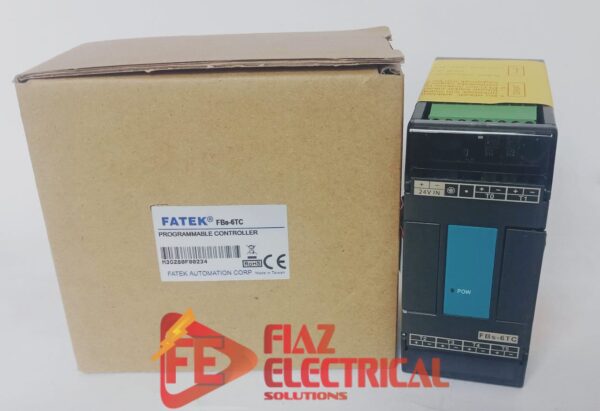
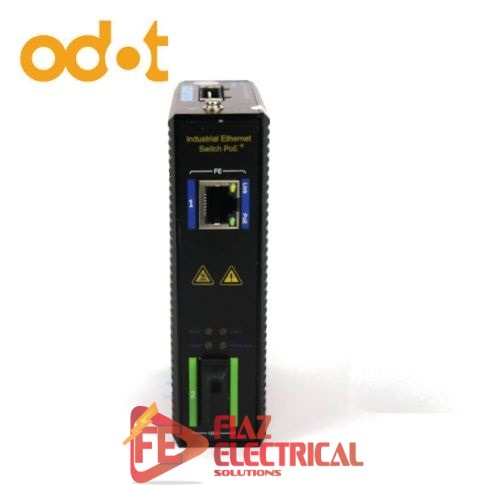
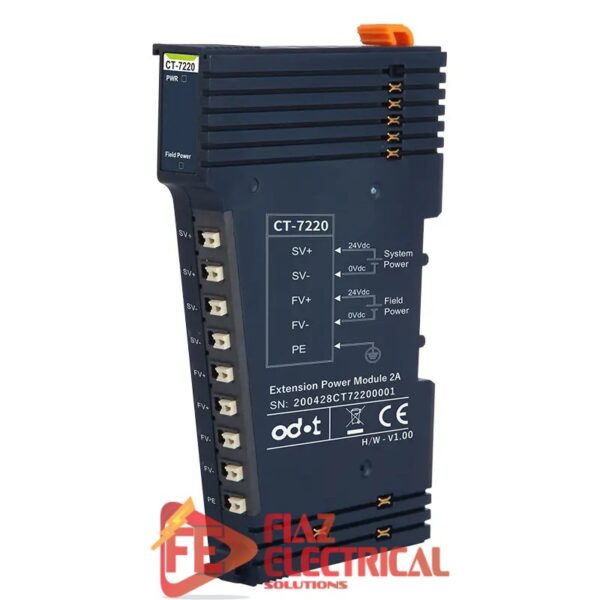

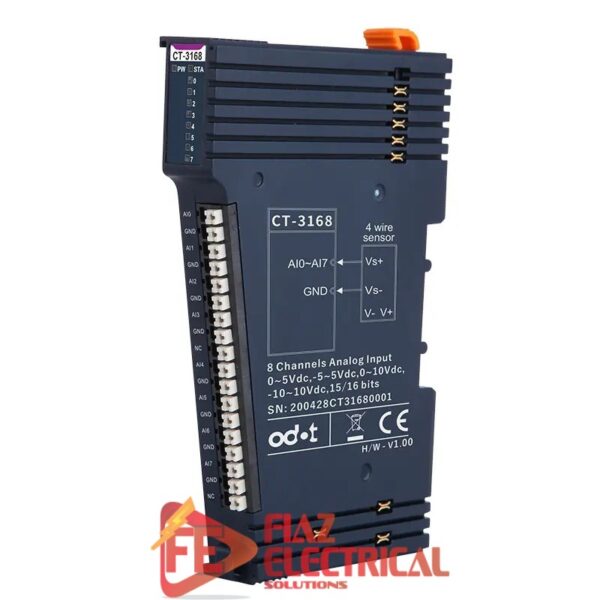

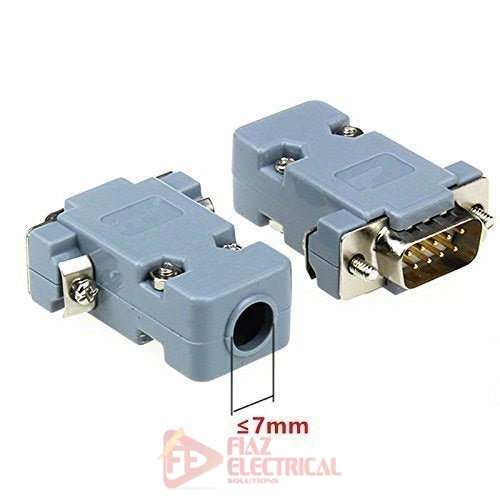
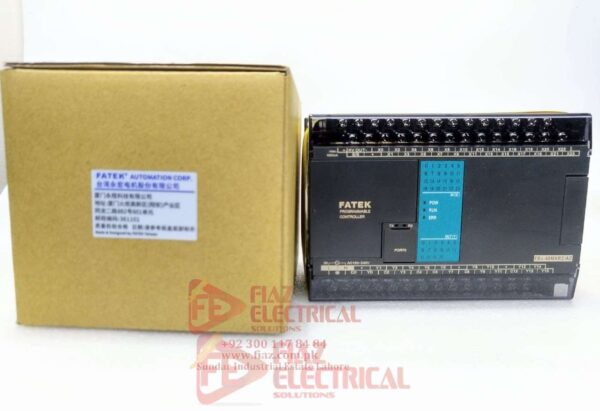
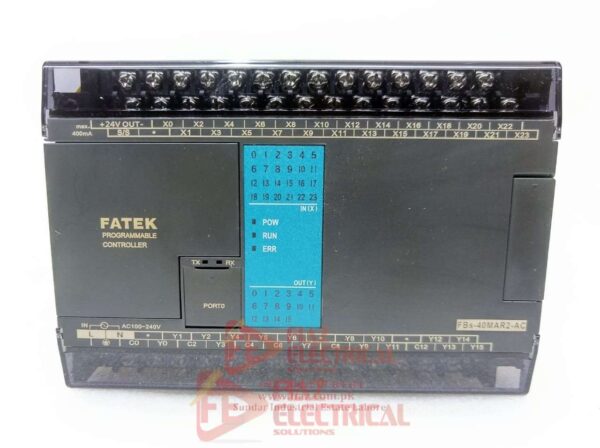
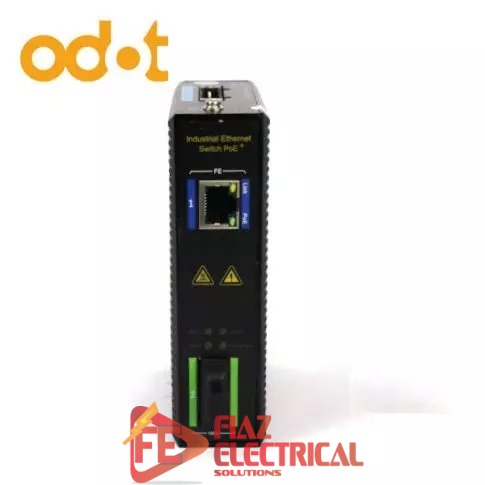
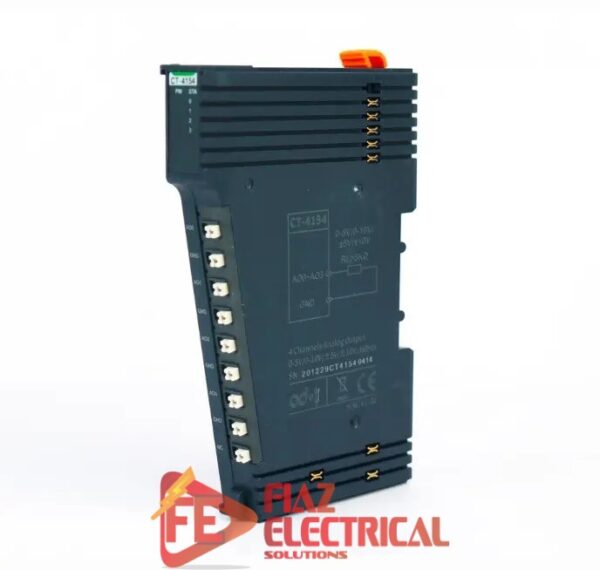
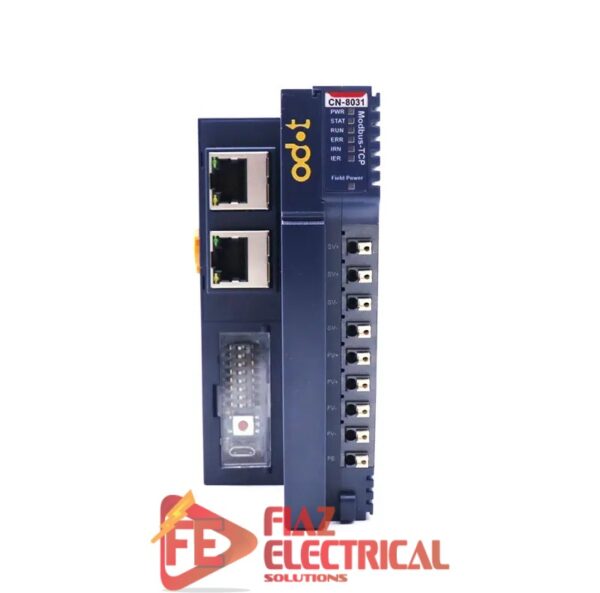
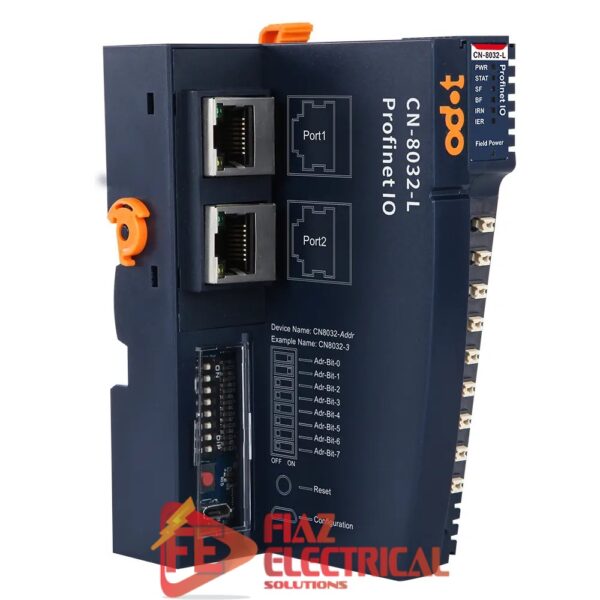
zain ahmad –
Nice product. Packing very good. Long lasting